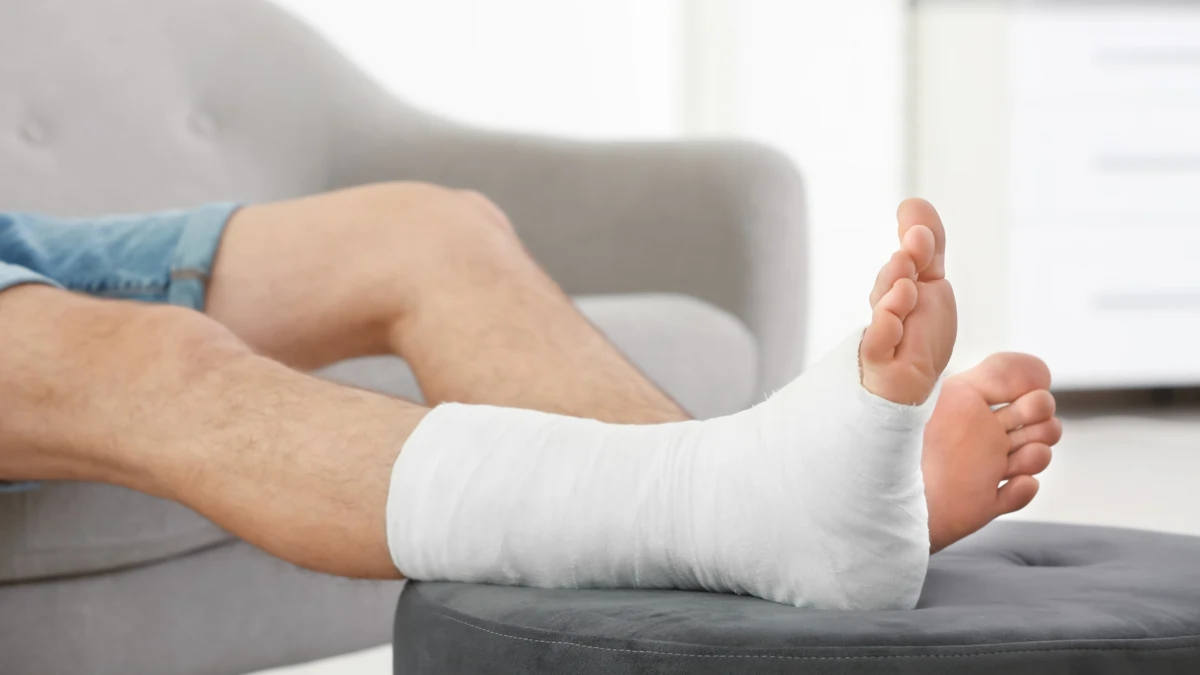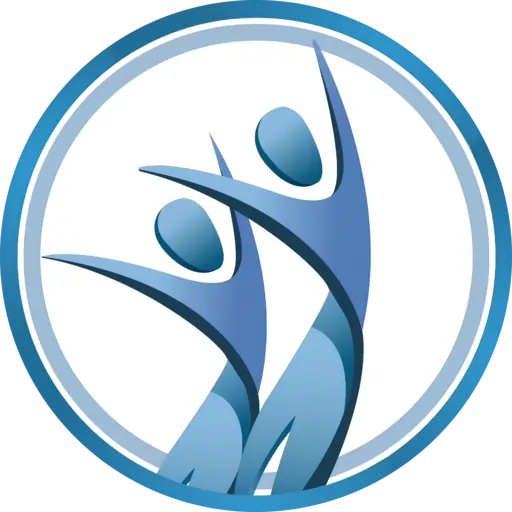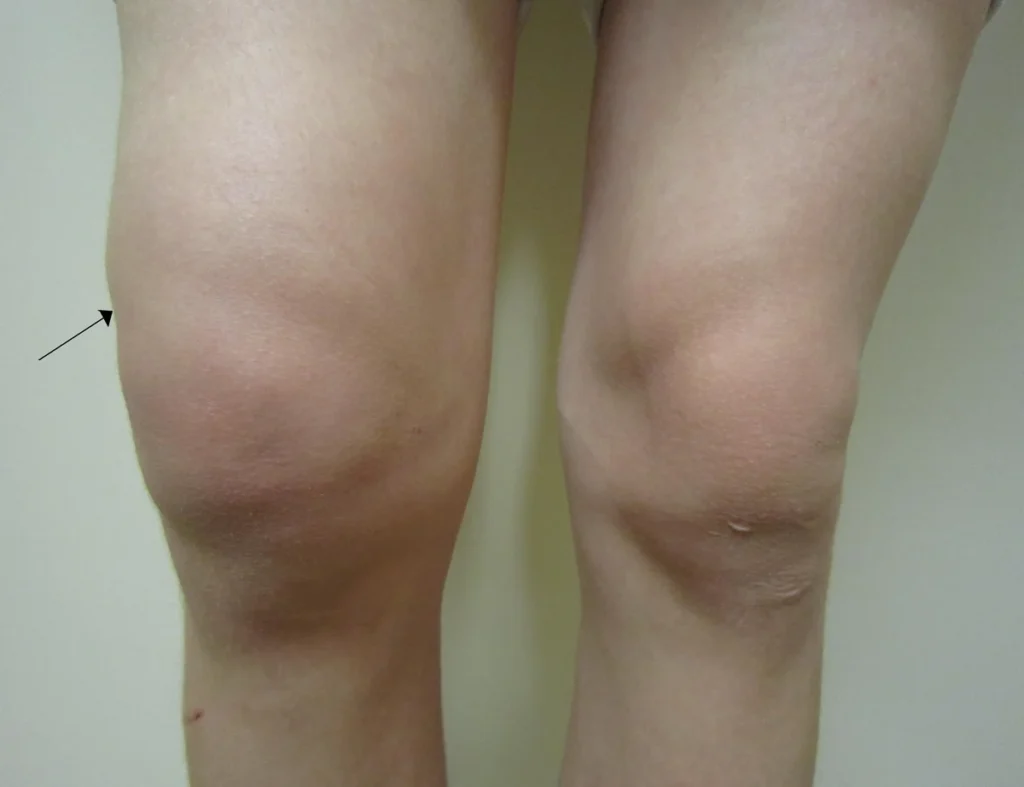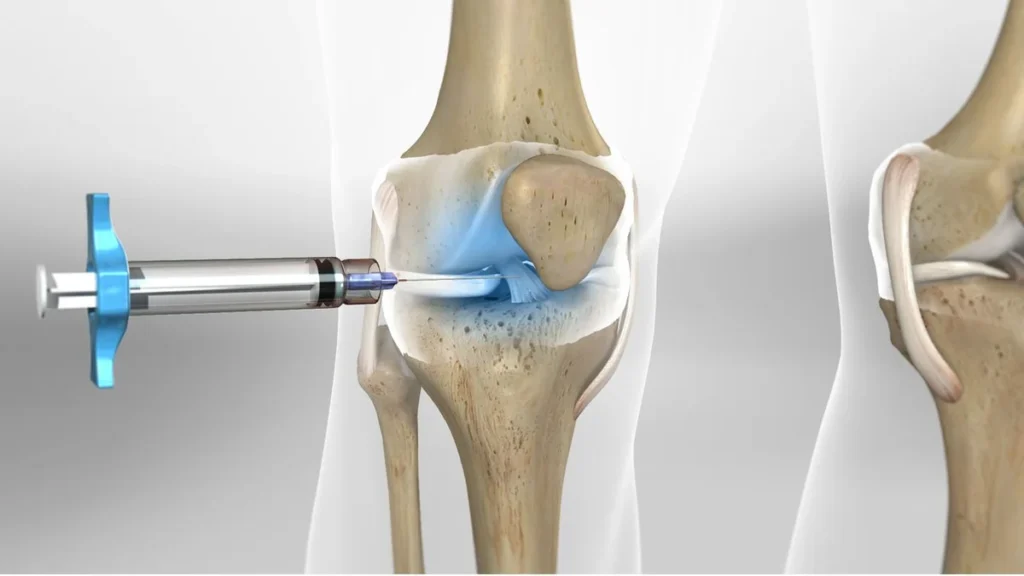Two primary objectives In the Treatment of Bone Fractures
In the Treatment of Bone Fractures, two primary objectives are pursued, which are essential for successful treatment. These two goals are:
- Restoring the external shape of the limb to its pre-fracture size.
- Returning the function of the injured limb to its speed and state before the fracture.

Criteria for Restoring the External Shape of a Limb in Bone Fracture Treatment
The criteria for restoring the external shape of a limb can be examined from several perspectives:
- The limb should not shorten, and after the fracture heals, the length of the bone should return to its pre-fracture state.
- The limb should not heal in an angled state at the fracture point. This means that if the bone is divided into two parts due to the fracture, these two parts should not remain angled relative to each other and their lengths should be consistent after healing.
- The bone at the fracture site should not heal in a twisted state. For instance, if the shin bone breaks in the middle and the part closer to the ankle heals in an externally rotated position, the ankle, and especially the sole of the foot, should return to a natural position facing forward.
Criteria for Returning the Function of the Injured Limb
The criteria for returning the function of the injured limb are also important to consider from several aspects. A limb consists of various components and elements, and if they do not function correctly, the natural operation of the limb will not be restored. The return of limb function can be examined from the following aspects:
- Restoring movements to joints around the fracture.
- In restoring movements to joints near the fracture, two fundamental principles are necessary. In the lower limb, if you cannot bend and straighten a joint well, like the knee, everyday tasks such as sitting comfortably, ascending and descending stairs, trimming your toenails, or even combing your hair become difficult.
- In the upper limb, for example, with the elbow, if you cannot bend it properly, activities such as bringing a spoon to your mouth or combing your hair will be challenging.
After treating a fracture, joint movements in the injured limb are often limited. For example, treating a wrist fracture might involve setting the fracture and using a cast. While the limb is immobilized in this cast, the joints gradually lose their mobility and flexibility, becoming “stiff”.
In cases where surgery and the use of plates are used to treat a thigh bone fracture, the injured muscles usually adhere to each other and the underlying bone. These adhesions may limit the free movement of muscles over each other and the bone, resulting in limited joint movements that depend on these muscles.
The process naturally occurs in treating fractures, but the treating physician engages in actions to prevent these limitations, or if prevention is impossible, to restore joint movement to its original state. Therefore, one of the criteria for successful treatment is restoring the range of motion of joints in the injured limb to its pre-fracture state.
Continue with us through the remainder of our article on Treatment of Bone Fractures.
Preserving Muscle Function
Preserving muscle function in limbs affected by fractures is crucial. Limbs are truly incapacitated without movement, and muscles play a fundamental role in creating movement in every part of the body. These muscles in limbs affected by fractures can become significantly weakened, which can happen in several ways.
For example, consider a patient with an elbow fracture treated with a cast. During the time the limb is in the cast and not moving, the muscles in the arm are almost inactive. Since the muscles do not benefit from exercise, they are likely to lose mobility shortly.
This reduction in muscle mobility is not apparent while the limb is in the cast, but after removing the cast, the patient realizes that the strength of their arm has decreased compared to before the fracture.
Now imagine another patient with a shin fracture treated with surgery using an intramedullary rod. This patient, due to post-surgical pain, ignores the doctor’s advice and does not move their ankle. It’s inevitable that the muscles responsible for moving their ankle weaken due to lack of use.
Muscle weakness becomes particularly evident when, after the fracture has healed, the patient intends to stand and move on the injured leg but finds it difficult due to weakened muscles.
Therefore, one of the important criteria in determining the success of fracture treatment is the preservation of muscle strength in the affected limb to its pre-fracture state.
Healing and Union of the Fracture
One of the crucial factors in returning to the functionality of limbs affected by fractures is the healing process. If the broken bone does not heal completely and correctly, the possibility of recovering the limb’s functionality diminishes. Therefore, the therapeutic bone union is of great importance.
A limb is not only composed of bones and muscles. Other vital elements such as nerves and blood vessels also exist in the limb and play a vital role in maintaining the proper functioning of the limb. If these elements are damaged due to the initial impact or the sharp edge of the fracture, they must be properly treated for the limb to regain its normal function.
The time required for the fracture to heal is also very important. The primary goal of proper fracture treatment is the quickest possible return of the limb to normal function. Prolonged treatment causes numerous problems for the patient. A long hospital stay can impose a significant financial burden on the patient. Moreover, extended rest at home, besides preventing economic activities, may impose mental pressures on the patient that sometimes have greater effects than the fracture itself.
Final words on Treatment of Bone Fractures
For these reasons, treatment methods in recent decades have changed rapidly to return patients to their daily activities more quickly. These changes allow patients to return to their daily activities faster.

To make an appointment or get an online consultation with Dr. Nader Motallebi Zadeh, Limb lengthening surgeon, proceed here.
Thank you for reading the article “Bone Fracture Treatment: Criteria for Successful Treatment.” If you have any questions about bone fracture treatment, feel free to ask us.



